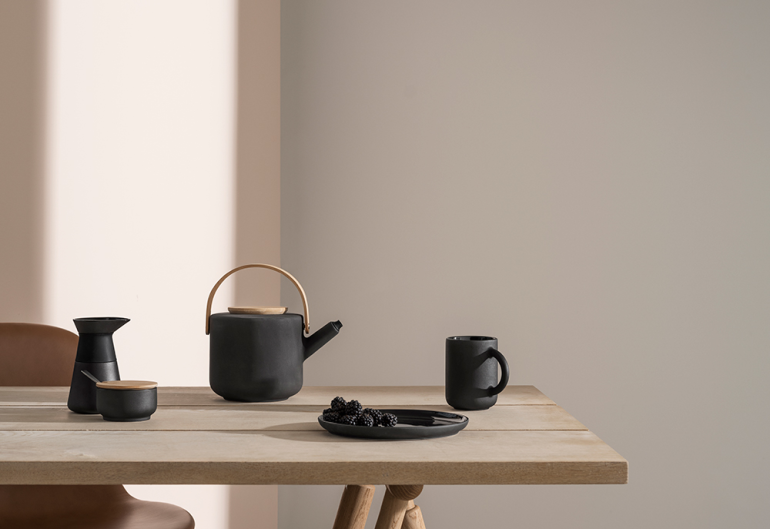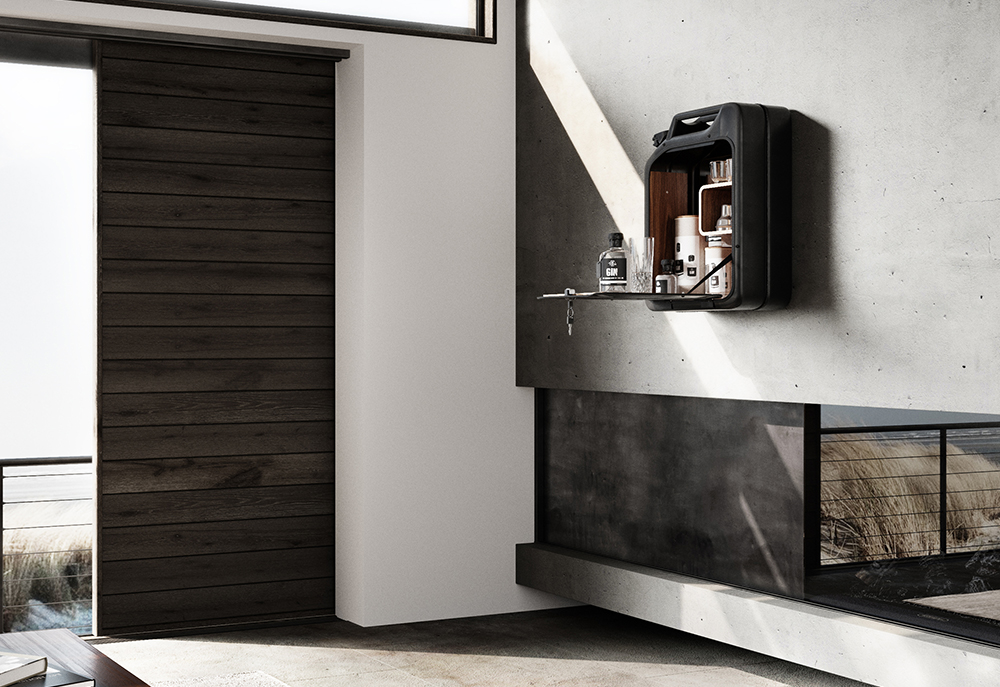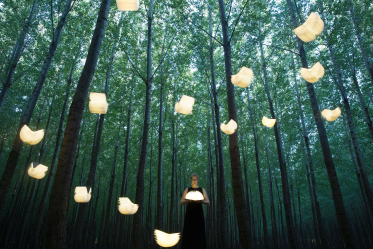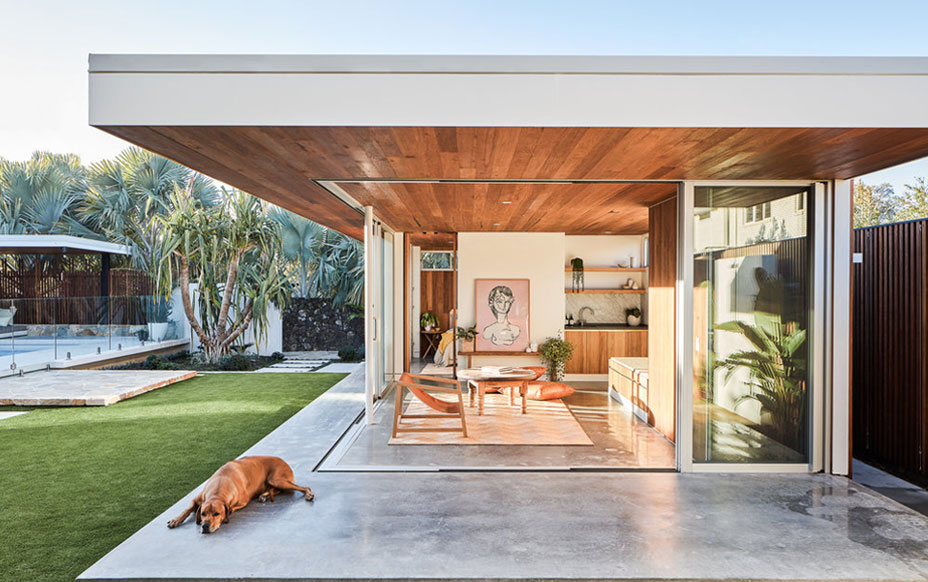
The Collar coffee collection by Italian duo Daniel Debiasi and Federico Sandri for Stelton continues the Danish traditions of design and craft.
In its 10th year, the Vivid festival once again placed a spotlight on Sydney as a creative hub with the centrepiece or more appropriately, the canvas, being the Sydney Opera House.
Australian artist Jonathan Zawada’s site-specific lighting installation brought the harbourside sails to life, while inside a range of local and international musicians across all genres made the most of its acoustic perfection. It is our home of contemporary culture and a draw card for tourists globally, though without the work of the great Dane, Jorn Utzon, Sydney – and Australia – would be a very different looking place.
The impact of the Danes on design culture cannot be ignored, nor can the alumni of the Royal Danish Academy of Fine Arts that includes names like furniture designer Arne Jacobsen, artist Olafur Eliasson, Jorn Utzon and fellow architect Alex Popov who recently designed the interiors for another Sydney icon – the Griffiths Teas building.
Jacobsen, who is most widely known for his work with Danish manufacturer Fritz Hansen, was prolific in his creations. An architect and designer who put his mark on everything from hotel towers to typography, his Cylinda-line range of tableware designed in 1967 put his stepson's company, Stelton, on the map and remains an icon of modernity more than 50 years later.
It is perhaps a cliché when we think about design, though the Cylinda-line came to life on a napkin over a family dinner and has since given birth to future classics like Eric Magnussen’s EM77 Vacuum Jug. More recently the Collar coffee collection by Italian duo Daniel Debiasi and Federico Sandri continues the traditions of Danish design and craftsmanship, though it is not just the Europeans that are offered a seat at the table of Danish design royalty.

Australian designer, Adam Goodrum's timber trivet for Normann Copenhagen.
Australian designers Adam Goodrum, Nick Rennie and Charles Wilson have all seen their ideas come to reality through Nordic manufacturers – no small feat when you consider the array of designers on the Danish doorstep. Though sadly no longer in production, Wilson’s candelabra, designed in the regional NSW town of Forbes, is a much sought-after classic of Australian design – utilising rare earth magnets to connect the two sculptural forms.
In a similar manner, the three parts of Goodrum’s timber trivet for Normann Copenhagen connect simply to create a base for hot saucepans and dishes on the dining table. As the Sydney-based designer says, 'My wish was to design a sculptural trivet. I adopted a playful approach to come up with the mode of expression. Just like a puzzle where the pieces must be fitted together.'

Made using reclaimed fuel can from World War II, Danish Fuel are keeping the traditions of Danish design alive.
With such a rich cultural history inspiring homes across the globe, what is the next mark the Danes are making? Surprisingly, it is less minimal but still holds a touch of the past – Danish Fuel, a new company that create storage solutions out of salvaged fuel cans from WWII, blend together the traditions of design and craft that have made Danish design so iconic – and more importantly, sustainable.
_
To find out more about Danish design visit Top3
WRITTEN BY HouseLab







